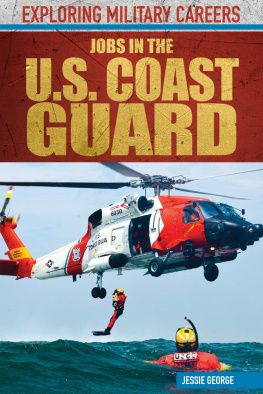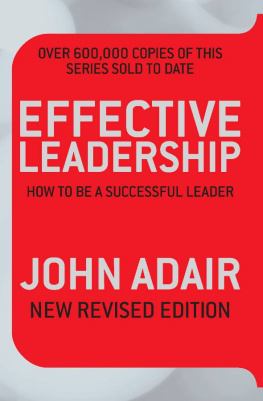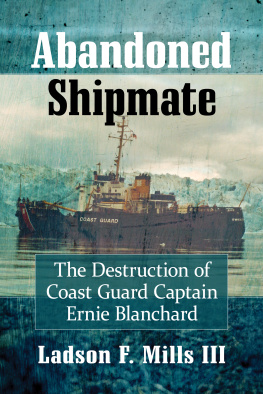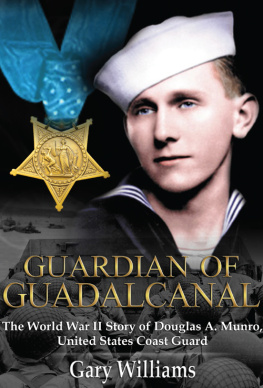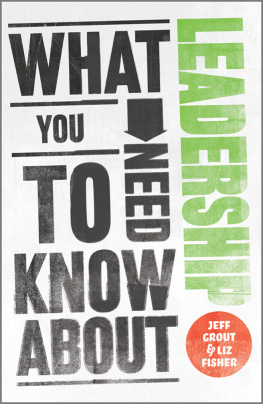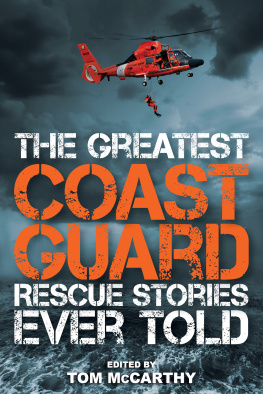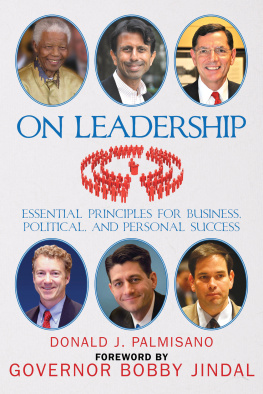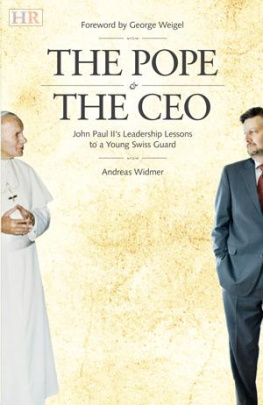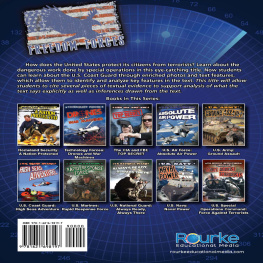Character in Action

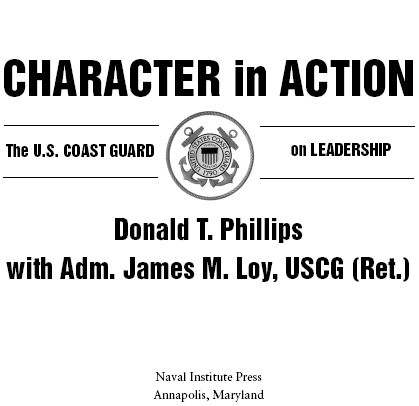
The latest edition of this work has been brought to publication with the generous assistance of Marguerite and Gerry Lenfest.
Naval Institute Press
291 Wood Road
Annapolis, MD 21402
2003 by Donald T. Phillips and James M. Loy
All rights reserved. No part of this book may be reproduced or utilized in any form or by any means, electronic or mechanical, including photocopying and recording, or by any information storage and retrieval system, without permission in writing from the publisher.
First Naval Institute Press paperback edition published 2004
ISBN 978-1-61251547-2 (eBook)
The Library of Congress has cataloged the hardcover edition as follows:
Phillips, Donald T. (Donald Thomas), 1952
Character in action: the U.S. Coast Guard on leadership / Donald T. Phillips and James M. Loy.
p. cm.
Includes index.
1. United States. Coast Guard. 2. Leadership. I. Loy, James M., 1942 II. Title.
VG53.P49 2003
658.4092dc21
2003008059

 Print editions meet the requirements of ANSI/NISO z39.48-1992 (Permanence of Paper).
Print editions meet the requirements of ANSI/NISO z39.48-1992 (Permanence of Paper).
6 5 4 3 2
This book is dedicated to members of the
United States Coast Guardpast, present, and future.
All author royalties are donated to Coast Guard Mutual Assistance.
Contents


We the people of the United States, in order to form a more perfect union, establish justice, insure domestic tranquility, provide for the common defense, promote the general welfare, and secure the blessings of liberty to ourselves and our posterity, do ordain and establish this Constitution of the United States of America.
Preamble to the Constitution of the United States of America, ratified 21 June 1788
Always keep in mind that [your] countrymen are freemen, and, as such, are impatient of everything that bears the least mark of a domineering spirit.... Endeavor to overcome difficulties by a cool and temperate perseverance in [your] duty-by [skill] and moderation, rather than by vehemence or violence.
Alexander Hamilton, in a letter of advice to members of the newly created Revenue-Marine, 4 July 1791
W ith the swearing in of George Washington as the nations first president on 30 April 1789, the American Revolution finally came to an end. The war had been won, the nation founded. Now it was time to build. As Washington phrased it, My hope was to gain time for the country to progress without interruption to that degree of strength... necessary to give it command of its own fortunes.
Of particular concern for the new president was the establishment of economic stability in the wake of the $70 million debt accumulated during the war. To lead this monumental task, Washington chose Alexander Hamiltonhis friend and former aide-de-camp who had fought with him at Trenton, slogged through Valley Forge with the troops, and had been on hand for the surrender at Yorktown. After the fighting, Hamilton had served as a delegate from New York and voted for the new constitution in spite of the fact that the rest of his delegation refused to support it. He then worked with James Madison and John Jay to write the Federalist Papers that promoted ratification.
As the first U.S. secretary of the treasury, Alexander Hamilton created a broad-based economic plan, including a major focus on shipping, which, at the time, was the worlds primary mode for commerce and trade. Among other things, he proposed customs duties and tariffs on imported goods, graduated tax rates on revenue, and various shipping dues. He also advocated federal responsibility for ensuring safety at sea for ships and their crews and cargoes.
To make these new initiatives work, Hamilton believed that a few armed vessels, judiciously stationed at the entrances of our ports might, at a small expense, be made useful sentinels of the laws. Accordingly, he proposed the formation of a strong right arm for the new nationa seagoing military force that would enforce customs and navigation laws, cruise the coasts, hail in-bound ships, make inspections, and certify manifests.
The First United States Congress, in one of its initial pieces of legislation, formally approved Alexander Hamiltons proposal. The act of 4 August 1790 provided for the establishment and support of ten cutters along with the creation of a professional corps of forty commissioned officers to man the new service. Hamilton also recommended to Congress that it give the cutter personnel the rank and standing of military officersbecause, as he said, it would attach them to their duty by a nicer sense of honor.
Mindful of why the American Revolution had been fought in the first place, Hamilton then penned a letter of advice to personnel of the newly created Revenue-Marine. Always keep in mind that [your] countrymen are freemen, he wrote, and, as such, are impatient of everything that bears the least mark of a domineering spirit.... Refrain from haughtiness, rudeness, or insult.... Endeavor to overcome difficulties by a cool and temperate perseverance in [your] dutyby [skill] and moderation, rather than by vehemence or violence. He advised that the officers demeanor and behavior be marked with prudence, moderation, and good temper. Upon these qualities must depend the success, usefulness and... continuance of the establishment in which they are included.
Finally, Alexander Hamilton stated that his words of advice had been selected with careful attention to characterand that all personnel should take the oath to support the Constitution of the United States.
And so the roots of the United States Coast Guard were planted.
Character in Action


In the U.S. Coast Guard:
There are no spectators.
There is a hero around every corner.
Safety and Protection are the cornerstone watchwords.
C lose your eyes and place a finger anywhere on a map of the United States and youre likely to pinpoint a place where the United States Coast Guard is providing some sort of valuable service to the nation. Wherever there are cargo ships, sailboats, motorboats, bridges, ports of entry, or ice fishingthe Coast Guard is there. Wherever there is a problem in navigable U.S. waters with drugs, illegal immigrants, customs, or smuggling, the Coast Guard is there. Whenever and wherever there is a need for homeland security or operations in the defense of the United States, the Coast Guard is on hand performing its duty. It often operates without fanfare, routinely in support of other government agencies, frequently initiating and leading the action. And, of course, every American knows that when they are in trouble at sea, the Coast Guard will answer their distress call, promptly and efficiently.
The United States Coast Guard is one of Americas five military services. Although it is known primarily for search and rescues at sea, that mission is just the tip of the iceberg of jobs the organization performs. Seven-eighths of an iceberg lies below the surface, and the Coast Guard has at least twelve other missions formally authorized by the United States Congress. Heres what the U. S. Coast Guard does, twenty-four hours a day, seven days a week, all year, every year.
Next page



